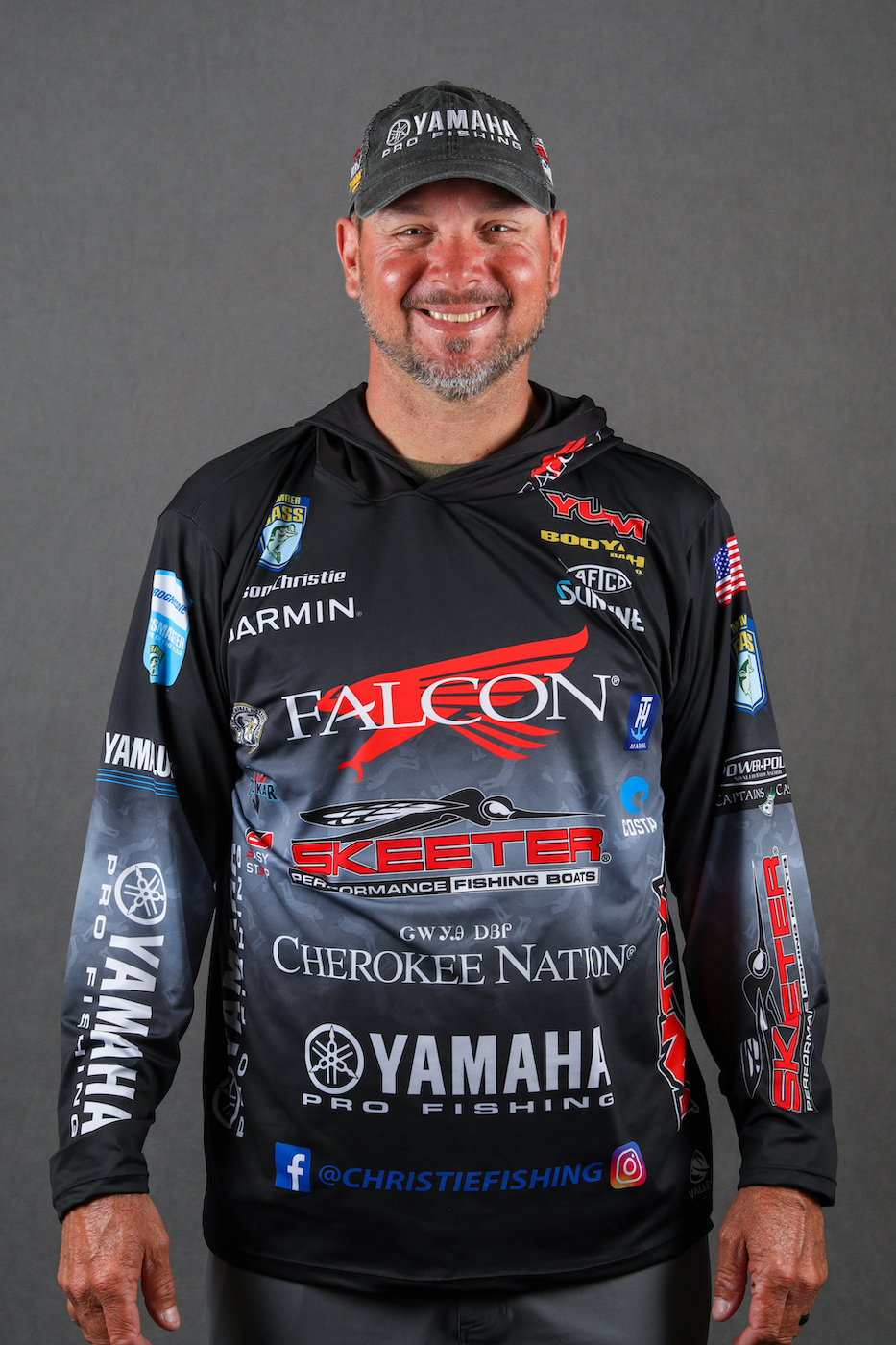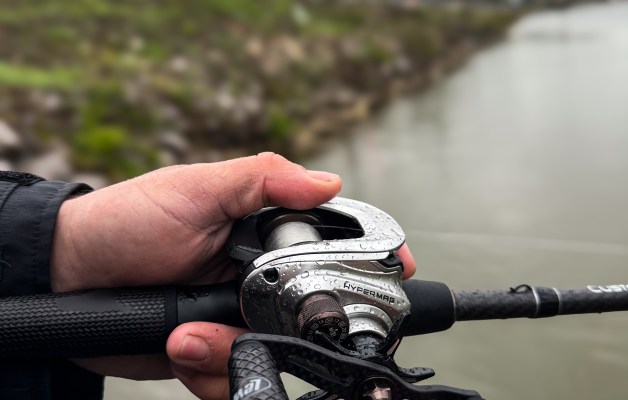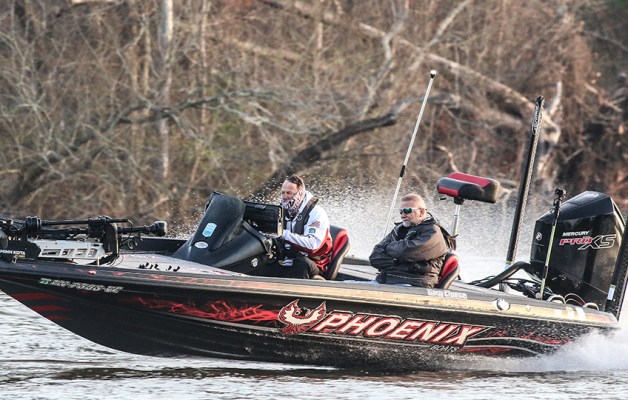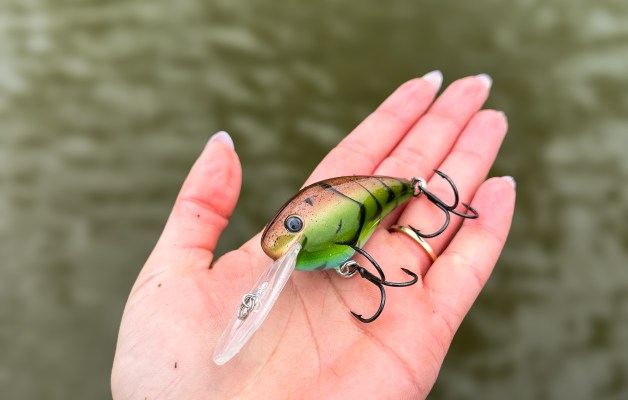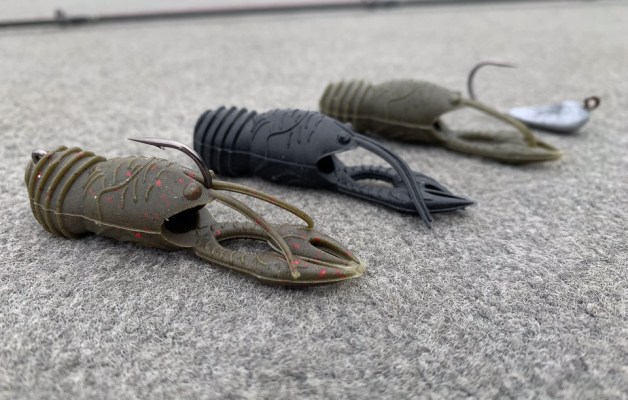This is ICAST week and it’s one of the most exciting times of the year for anglers, tackle manufactures, media and everyone in the sport-fishing industry. The reason this is such a big deal is that this is when manufacturers introduce all their new products.
ICAST isn’t a consumer show, so it’s not open to the public. But you’ll hear about all the interesting introductions very soon. I’ll share some of my favorite items in my next blog, but for now, I thought it might be interesting to tell you a little bit about how professional fishermen like me work with manufacturers on their new products.
In recent years, product development has become a big part of my career. Pretty much everything I use, I’ve had some part in the development of this gear. Sponsors such as YUM, Booyah, Smithwick, Lews, Falcon and Ranger all provide me with tremendous support, so I try to make sure they have my best ideas when it comes to new products and improvements on existing products.
That’s one of the most important parts of the relationship between me and my sponsors — I can bring them real-world evaluations, feedback and suggestions on how products perform and what I think needs changing.
It’s amazing how, sometimes, the smallest change can make such a big difference. And a lot of times, those ideas come from a fisherman saying something like, “I really like this bait, but I wish it did this.”
Of course pro-staff teams are usually pretty diverse and that’s good for sponsors because they get a wide range of input. Everybody has a different specialty, and it’s that combination of expertise that helps a company develop its product line.
For example, if YUM is making a new dropshot bait, I’ll give my opinion, but I’d rather see somebody who does more of that than me take the lead on this development. However, when we get to flipping, frogging and cranking, I want to have a bigger part in that.
Typically, I’ll spend about six days a year at various sponsors’ facilities to offer my design input, but a lot of my contribution comes from the field. I’ll put products through the demanding test lab of my tournament life, and that provides the kind of evaluation that will identify any weak points that we need to fix.
One thing I do enjoy is the roundtable format that I occasionally participate in. This is when a bunch of pro-staffers gather with a sponsor to discuss the various aspects of new products that the sponsor is developing.
We anglers are always bouncing ideas off one another just in our regular interaction, so I think that when we do this in a more formal setting we really tap into all the different points of view that we bring to the table. Sponsors like this because building on one another’s thoughts is what helps move the R&D process forward.
I think people would be surprised at how many products we test but they never make it to the public. We have our ideas of what works, but in some cases, you’ll get several prototypes and after a while you realize it’s not going to work. That’s just part of the process and by eliminating some ideas, we tend to dial in on the ones that will work.
Sometimes the first prototype turns out to be exactly what you had in mind; but even then, people might be surprised to know how long the new product process really takes. You don’t just get a bait one week, test it the next week and then see it go into packaging and merchandising. It’s definitely a long, involved process, but it’s very rewarding when you see those new products displayed at ICAST.
Of all the products that I’ve been involved with, a couple that I’m particularly proud of are the YUM Christie Critter and the Smithwick Perfect 10 jerkbait. The idea for the Christie Critter came from so many cases of flipping a tight area and thinking, “I wish I had something with just a little slimmer profile.”
That bait didn’t take too long to develop because I had a good idea of what I wanted, but the Perfect 10 took more time. I had been throwing the prototype for that bait for several years, and after a lot of fine-tuning, we finally got it to the point where we thought it was time to release it to the public.
You know, as fishermen, we’re all tweakers and that’s where all these ideas come from. I’m constantly trying new bait designs and configurations — I even get my daughters involved in the process.
Just recently, I was in the house and I got an idea for something different and 15 minutes later, I hadthe kids under water with goggles listening and observing how it looks and sounds. I asked them on a scale of 1-10 how does it look and sound under water. They gave me their impressions and I made note of this “research.”
Things like this often lead to me sending homemade prototypes to my sponsor, getting samples, testing them and providing feedback on how they perform. A lot of ideas also come from fans and anglers I meet on the road. Today’s social media avenues make it very easy for folks to send their suggestions and requests — and sometimes these ideas lead us to a new development.
I can’t forget to mention that a lot of the creation process comes from the engineers who build the baits. They have a lot of good ideas that complement what the anglers bring to the table, so it’s important for me to interact with them.
Of course, we professional fishermen have a lot to gain by helping our sponsors develop the most competitive equipment on the market. We need these tools to perform at our highest level. But what I think is most pleasing about this process of product development is the personal feedback I receive from fans who’ve been successful with these products.
Someone will come up to me at an event, or message me on Facebook, and say: “I just won a weekend tournament on the Christie Critter.” Or they might just tell me that they caught a big fish on one of the baits I helped design. Whatever the case may be, if fishing fans are having success with what I help create, then that makes me feel pretty good.

